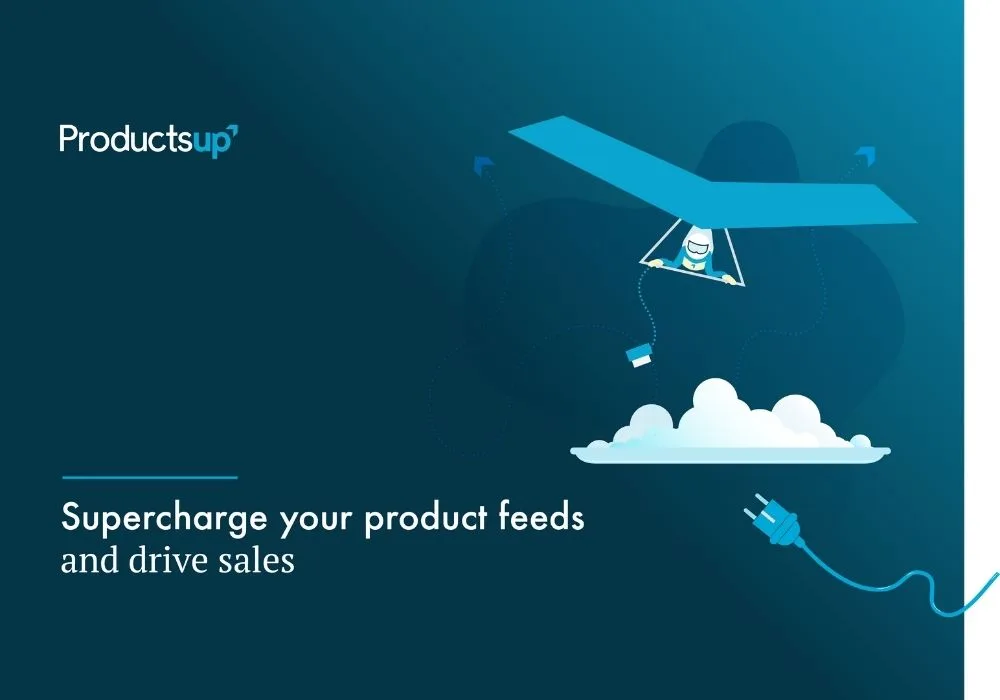It’s no secret the world of retail is ever-changing. There are new channels and features emerging, more ways to stand out and stay ahead of your competition, and fresh trends to react to. And you want to make sure you’re acting fast, and getting it right every time.
It all starts with the most important part of your ecommerce business that your customers never directly see: your product feeds. Your feeds, and the way you manage them, help you keep your product content up to date and accurate across all your sales and marketing channels, from Facebook and Google to Amazon and Walmart. They help you advertise and sell products to the people who want them.
The problem is that traditional feed management methods are slow, they give you no clear overview of your data and channel specifications, and you need coding skills to make even the smallest of updates. But luckily, times have changed and there is another way.
What is modern feed management?
Modern feed management is agile. It enables brands and retailers to quickly and easily create perfectly-structured data feeds, with channel-ready templates and automated processes.
Agile solutions give ecommerce marketers the ability to standardize and optimize their product content in bulk, for any channel. And with very little to no coding experience needed, marketers are empowered to manage feeds independently from their IT teams and have a direct impact on sales performance.
What difference does agility make?
Managing your feeds in a truly agile way means you’re able to make changes to product content quickly, react to trends as soon as you hear about them, and be visible on the newest channels before your competition. The ability to be agile makes a real difference to feed import times, increased sales and ROI, and ad engagement.
You get maximum flexibility, and maximum choice. Modern feed management empowers you to distribute content to all the channels you want to be visible on, whenever you need to be there. Plus, you can streamline feed workflows from weeks to minutes.
What can I do with an agile approach to feed management?
You can gain control of your content, boost efficiency, and improve your products’ performance. Being agile means staying ahead of the game, by speeding up your time to market and reacting quickly to the newest trends. It also means telling a consistent product story across all channels.
Want to learn more about agile feed management? Download Productsup’s guide for more insights, plus best practices for staying relevant and selling more in an ever-changing ecommerce environment.








